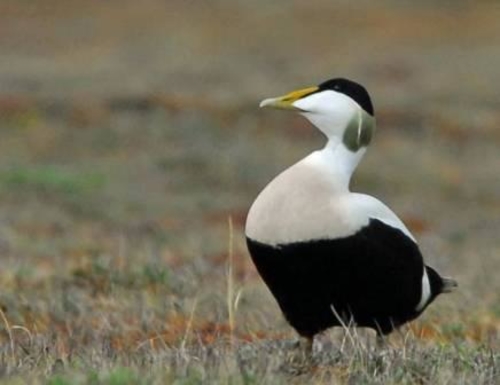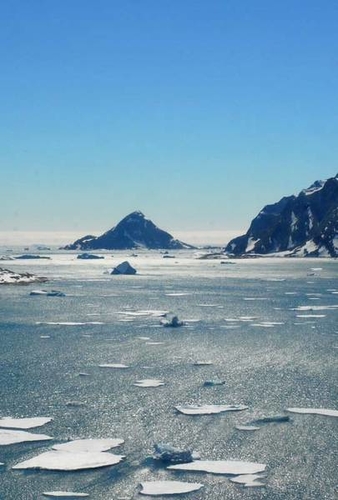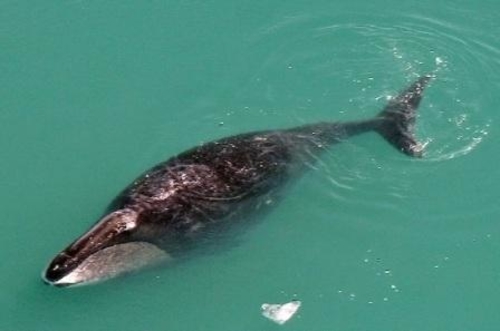Common Eider surveyed in South East Greenland for the first time Published 05.03.2010

South East Greenland is one of the least explored areas in Greenland. For the first time biologists from Greenland Institute of Natural Resources have made an aerial survey of the whole coastline between Cape Farewell in the south and Scoresby Sound in the East. Very few people have access to this area, where the coast is very rough in many places and the sea is ice covered most of the year. The results of the comprehensive survey in June 2008 is now available in Technical Report No 81 from GINR.
The objective was for the first time to get an overview of the breeding common eiders. “Until now South East Greenland has virtually been a white spot on the map concerning information on Eiders” says head of survey Flemming Merkel. “Because Eiders are one of the most important natural resources in Greenland, it was important to find out, how many actually use this area”.
Many previous unknown colonies of eiders and gulls were found. The total number of breeding eiders was estimated to the range of 1600 and 3200 pairs. This modest number was expected, however, the largest colonies were found in areas were the ice brakes up at first in the spring. In contrast to other parts of Greenland common eiders are often found breeding in single pairs, probably an effect of lower densities of foxes in South East Greenland.
Unknown moult migration was discovered
Besides the breeding birds more than 10,000 eiders were found in the region. These are supposed to breed in Iceland, but move to South East Greenland right after breeding. Her they moult there primaries and are unable to fly. This moult migration has never been described before, and probably more Icelandic birds use the area.
Common seal (Phoca vitulina) has been drastically reduced in numbers in Greenland already in the 1960s and 1970s and has become very rare. Several sites previously known as harbor seal roosts were revisited, but no harbor seals were observed. But at a later visit in August 2009 a few harbor seals were found, and it could be concluded that this species has not disappeared.
Other sea mammals were also observed, and one of the more remarkable observations was that of a juvenile bowhead whale, which shows that the highly threatened Spitsbergen stock actually do breed.
Contact:
Flemming Merkel tlf. +45 4601933 – email
Lars Maltha Rasmussen tlf. +299 361200 – email

Sermilik at Tasiilaq is one of the Fjords in South East Greenland where the ice brakes up early in the spring. Photo: Lars Maltha Rasmussen.

This juvenile bowhead whale was spotted at Blossevillekysten. Foto: Fl. Merkel

